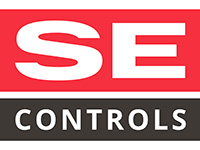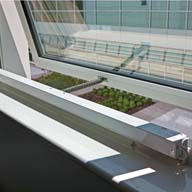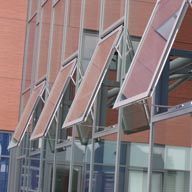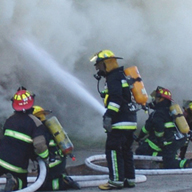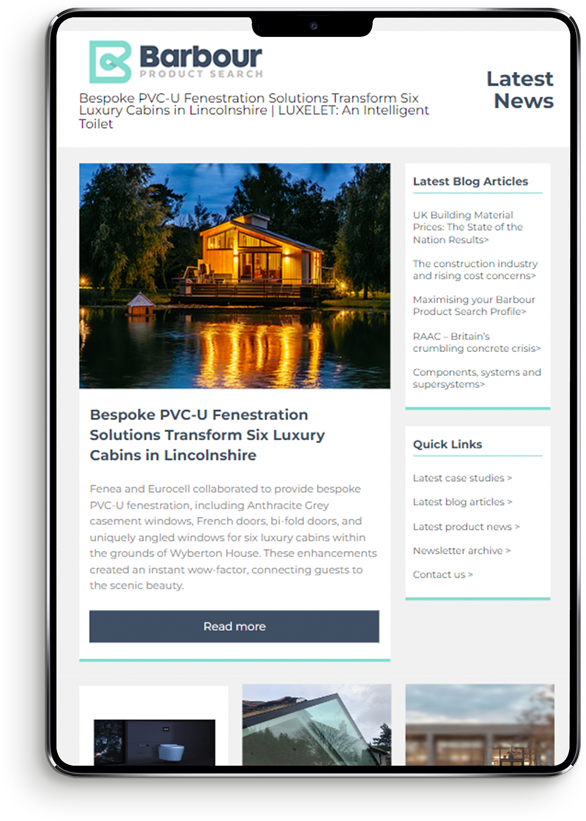Client: NHS trust
Architect: Anshen Dyer Associates
Type of works: design, implementation and commissioning of a smoke ventilation system.
The Royal Victory Infirmary (RVI) development in Newcastle is part of a PFI project set to rationalise and relocate the services from the Newcastle General to the RVI and Freemans Hospitals. The RVI scheme of around 70,000sqm will benefit from a new Accident and Emergency department – with all the clinical support services such as neurosciences, infectious diseases, traumatic orthopaedics and critical care. Children’s services will be integrated into a purpose-built facility adjoining the main development. A clinical support/office block completes the package.
SE Controls was selected to design, implement and commission a smoke ventilation system to remove smoke from the common atria and fire fighting cores in the event of a fire. The atria provides additional light into the building on the surrounding floors and to act as a smoke reservoir in the event of a fire. The atrium is designed to trap, hold and exhaust the smoke to ensure there is clear visibility on exist for the occupants and to ensure that the fire service can enter the affected floor.
Fire-fighting cores were used to provide smoke-free access for the fire services to access the affected floor with good visibility and to act accordingly.
The project consisted of the main atria and the Children’s Hospital atria. SE Controls provided 94 linear 24V power open/power close Automatic Opening Vents (AOV) as high-level vents within the main atria and 6 AOVs at low level to provide make-up air. All were compliant and tested. A further 40 high-level AOVs were installed as high-level vents into the children’s atria to provide natural smoke ventilation in the event of a fire and to stop the smoke from spreading to the adjoining floors.
Within the five fire-fighting cores, SE Controls provided automatic opening doors at each level and a SHEVTEC® damper at the top of each shaft along with SHEVTEC® roof vents installed in the escape stairs, to ensure the area is free from smoke during occupant evacuation.
The smoke heat and exhaust ventilators (SHEVs) would be triggered on the affected floor/zone via an emergency signal from the fire-alarm system, operated by the efficient and flexible OS2 control panel with integrated battery backup. Each zone has been provided with a manual control point which will allow the fire service to override the system and to aid in scheduled maintenance.
View Environmental Ventilation Product Entry

